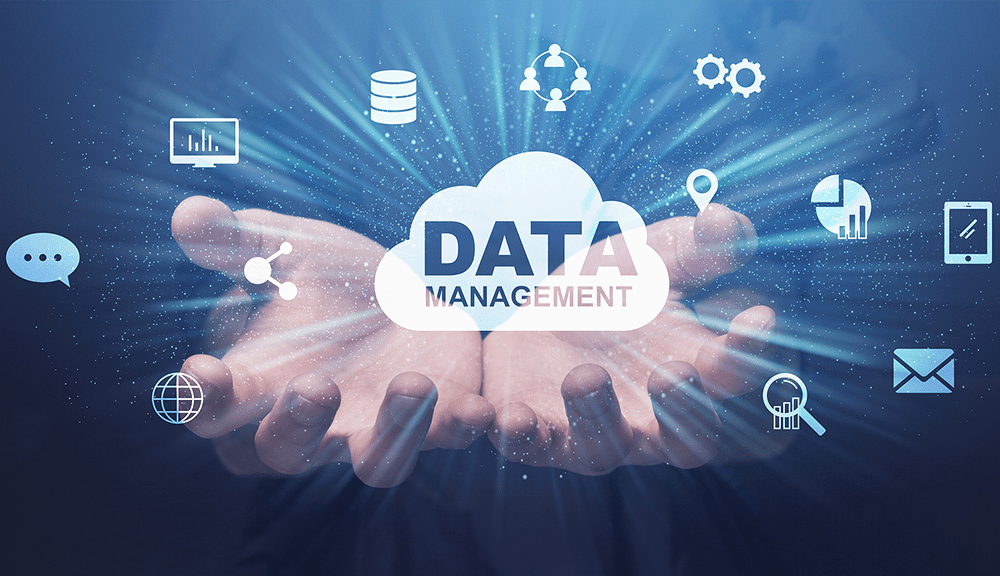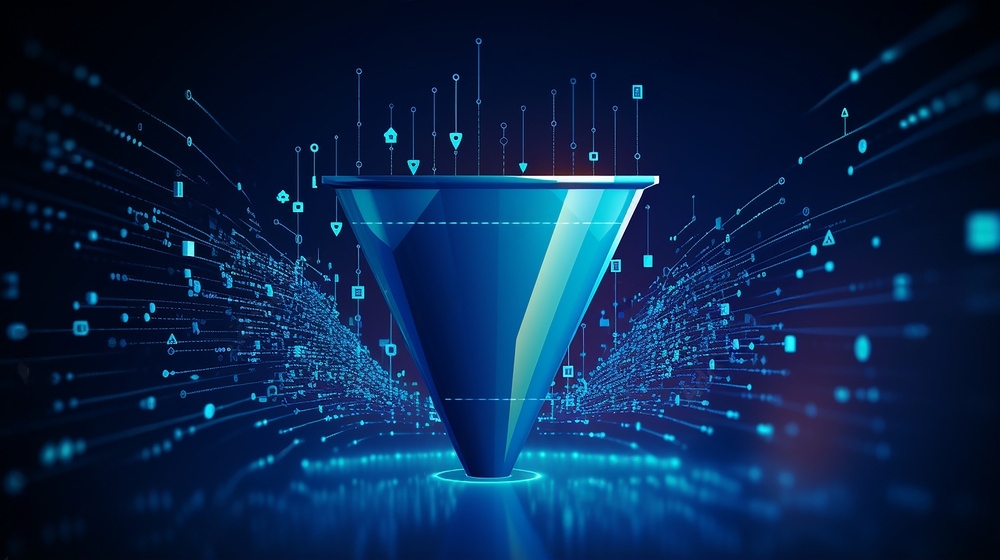According to a 2021 LinkedIn analysis, over 95% of new products fail to meet sales targets, highlighting the importance of a robust demand creation strategy. With a plethora of products available, consumers often feel overwhelmed, leading to misguided purchases and dissatisfaction.
Demand generation involves stimulating interest in and demand for a company’s offerings. Leveraging technology can enhance these efforts, allowing businesses to efficiently find, attract, and nurture leads across the buyer’s journey.
Modern tools and platforms facilitate targeted outreach and personalized engagement, ensuring a seamless experience for potential customers.
Businesses can optimize their demand generation strategies in the digital ecosystem by employing sophisticated targeting capabilities and data-driven insights. From advanced analytics to automated tools and personalized messaging, technology allows marketers to provide unique experiences that resonate with their target audience.
Let us understand demand generation more.
1# Understanding Demand Generation
Demand generation is the process of raising awareness and interest in a company’s products or services among potential clients. It includes a variety of marketing initiatives targeted at increasing demand and boosting client acquisition.
Demand generation is important for increasing income and maintaining corporate performance. Efficiently building demand for goods may increase brand visibility, market share, and, eventually, revenues.
The objectives of demand generation typically include:
- Increasing brand visibility and awareness: Demand generation efforts aim to elevate a company’s presence in the market and ensure that its target audience is aware of its products or services.
- Generating leads and inquiries: Demand generation activities are designed to attract potential customers and prompt them to express interest in the company’s offerings.
- Nurturing leads through the sales funnel: Demand generation involves engaging with prospects at various stages of the buying journey and providing them with relevant information to guide their decision-making process.
- Driving conversions and sales: The ultimate purpose of demand generation is to increase income for the company by converting leads into consumers.
2# The Role of Technology in Demand Generation
Technology has revolutionized demand generation by providing marketers with powerful tools and platforms to reach and engage their target audience more effectively. Digital marketing technology streamlines demand generation efforts for improved results.
One key aspect of technology’s role in demand generation is its ability to enable targeted and personalized marketing campaigns. Analytics tools offer insights into customer behavior, enabling targeted and personalized campaigns that resonate with the audience. Automation platforms streamline tasks like email marketing, freeing resources for other activities.
3# Leveraging Data and Analytics
Data and analytics are critical for driving demand generation initiatives because they provide important insights into client behavior, preferences, and trends. In the modern era, companies have access to massive volumes of data gathered from a variety of sources, including website traffic, social media connections, and customer contacts.
Analyzing this data allows marketers to obtain a better knowledge of their target demographic and adjust their demand generation activities to fit their requirements and preferences.
One of the key benefits of leveraging data and analytics in demand generation is the ability to make data-driven decisions. By analyzing customer data and market trends, marketers can identify patterns and trends that inform their marketing strategies.
For instance, they can identify which channels and messaging resonate most with their target audience, allowing them to allocate resources more effectively and optimize their campaigns for better results.
Analytics and data also give marketers the ability to monitor important performance indicators and assess how well their demand creation initiatives are working. By monitoring metrics such as lead generation, conversion rates, and return on investment (ROI), marketers can assess the success of their campaigns and make adjustments as needed to improve performance.
4# Omni-Channel Marketing Strategies
Omni-channel marketing is essential in demand generation as it ensures a consistent and cohesive customer experience across all channels, whether online or offline. By seamlessly integrating various channels, such as email, social media, websites, and physical stores, businesses can engage customers at every touchpoint of their journey, increasing brand awareness and loyalty.
Technology enables seamless integration, unifying customer data, communication channels, and marketing efforts for enhanced demand generation.
For example, customer relationship management (CRM) systems allow businesses to centralize customer data and track interactions across multiple channels. Marketing automation platforms enable personalized messaging and automated campaigns across various channels, ensuring consistent communication and engagement.
Additionally, advancements in artificial intelligence (AI) and machine learning enable predictive analytics and real-time insights, empowering marketers to deliver relevant and timely messages to customers based on their preferences and behaviors.
5# Best Practices and Tips
Implementing technology-driven demand generation strategies requires careful planning and execution. Here are some best practices and tips to maximize the effectiveness of your efforts:
1# Choose the right technology stack
Select tools and platforms that align with your business goals and objectives. Invest in robust CRM systems, marketing automation software, and analytics tools to streamline processes and gain actionable insights.
2# Prioritize data quality and accuracy
Ensure that your data is clean, up-to-date, and accurate to derive meaningful insights and make informed decisions. Regularly clean and validate your databases to maintain data integrity.
3# Personalize your approach
Leverage technology to segment your audience and deliver personalized content and offers tailored to their interests and preferences. Use dynamic content and behavior-based triggers to engage prospects at every stage of their journey.
4# Optimize for mobile
With an increasing number of users accessing content on mobile devices, optimize your digital assets, including websites, emails, and landing pages, for mobile responsiveness and usability.
5# Continuously measure and optimize
Use analytics and reporting tools to track key performance metrics and monitor the effectiveness of your demand generation campaigns. Identify areas for improvement and optimize your strategies based on data-driven insights to drive better results over time.
Conclusion
Leveraging technology in demand generation is essential for navigating the digital landscape and staying ahead of the competition.
Businesses that embrace modern technologies, utilize the power of data and analytics, and implement omnichannel marketing strategies may efficiently build demand, attract quality leads, and drive revenue development.
However, success requires ongoing optimization, adaptation to emerging trends, and a commitment to delivering personalized experiences to customers.
Organizations can position themselves for long-term success in the ever-changing realm of demand creation by adhering to best practices and constantly improving their plans.






